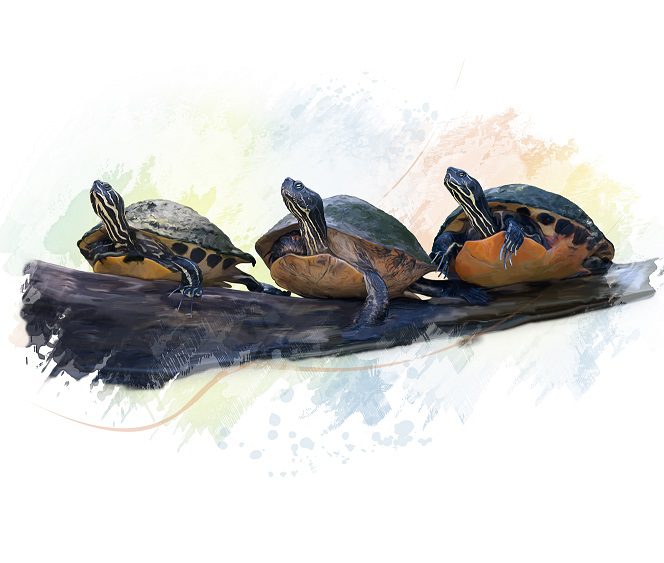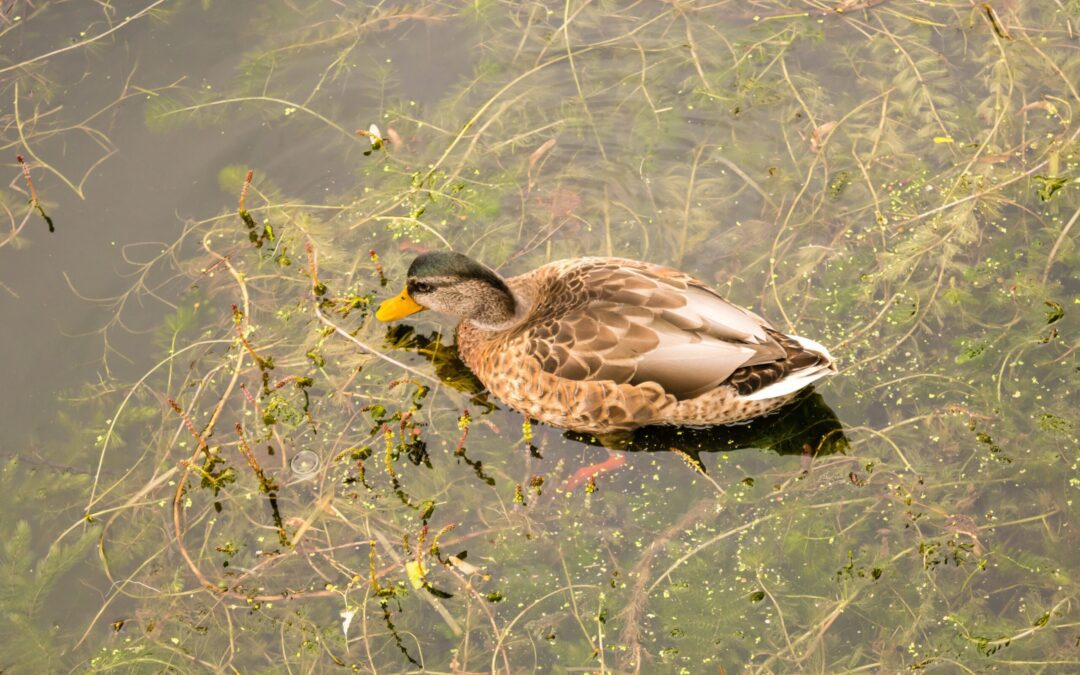Earlier this month I wrote an article about the aquatic vegetation issue in Lake Maxinkuckee. Aquatic Weed Control completed a survey, which gave us a good idea of what we are dealing with and how to control invasive plants, specifically Eurasian watermilfoil.
On November 12th, the LMEF Board of Directors met to discuss and approve the 2022 budget. One of the proposed expense items is approximately $30,000 for an herbicide spray treatment to kill the Eurasian Watermilfoil.
In comparing a survey from 2011 to the 2021 survey, the amount of acres with heavy infestation of Eurasian Milfoil has gone from 14.5 acres to 31.6 acres.
After consultation with both the commercial applicator and the DNR, the board unanimously approved the 2022 lake wide herbicide treatment. The chemical that will be used is called ProcellaCOR®, a recent herbicide that has been very effective in treating Eurasian milfoil.

- Highly selective systemic product that moves to the root system – won’t hurt native plants
- No water use restrictions except some forms of irrigation
- EPA Reduced Risk Classification
- 100x or greater reduction use rates vs older herbicides (less chemical is needed)
- Excellent environmental profile
- Long lasting effects – multiple follow-up sprays not required
Environmental Hazards:
Under certain conditions, treatment of aquatic weeds can result in oxygen depletion or loss due to decomposition of dead plants, which may cause fish suffocation. Water bodies containing very high plant density should be treated in sections to prevent the potential suffocation of fish.
This should not be an issue for Lake Maxinkuckee due to the size of the lake and the areas being treated.
Resistance Management:
…do not use ProcellaCOR® alone in the same treatment area for submersed and emergent plant control for more than 2 consecutive years, unless used in combination or rotated with an herbicide with an alternate mode of action.
We will continue to monitor the growth/spread of the Eurasian watermilfoil and Starry Stonewort through periodic surveys and consultations and determine the best course of action. We anticipate incurring a significant chemical spray expense every year for the foreseeable future.
The lake will be sprayed in the late spring/early summer, depending on water temperature. The community will be notified through as many channels as possible as to when the spray will occur .
Feel free to contact the LMEF office if you have any questions or concerns about this treatment.

Hi, I’m Debbie Palmer. I received a BS in Horticulture from Purdue University. Here at LMEF, I am responsible for outreach presentations, monitoring the lake and it’s wetlands, project manager for restoration and research projects, and act as a community resource for all things related to the well-being of Lake Maxinkuckee and its surrounding watershed. I completed Indiana Watershed Leadership Academy, volunteer with the Indiana Clean Lakes Program, Hoosier River Watch and Marshall County Lakes and Waters and serve as a Board Member for Indiana Lakes Management Society.


Recent Comments